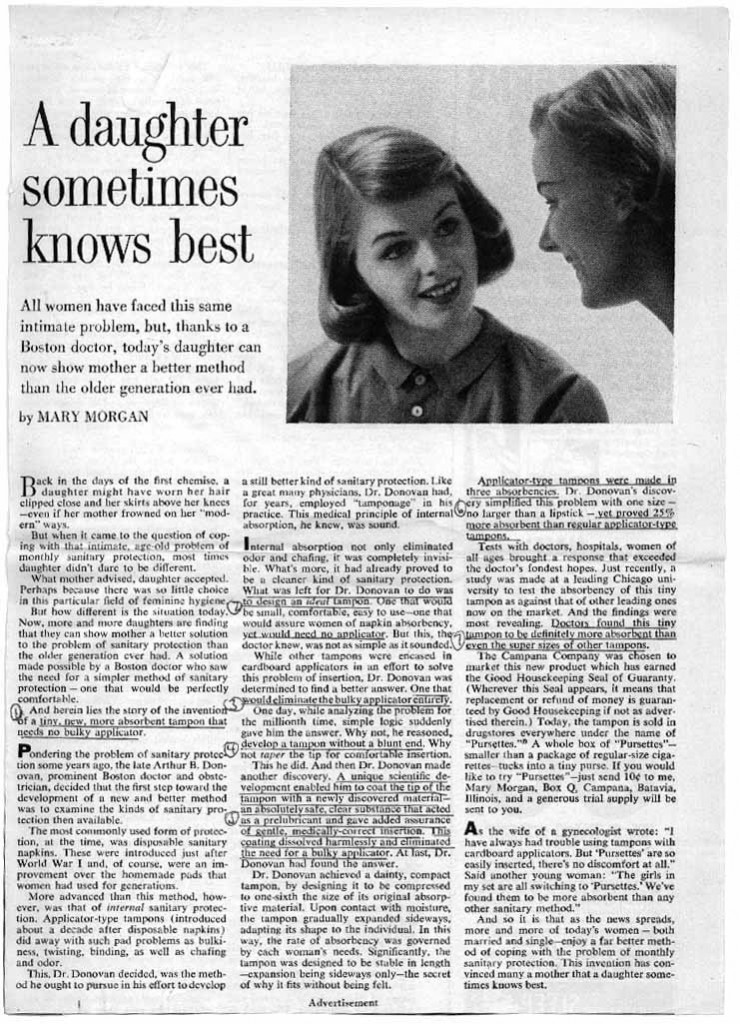Last year I posted a table showing the dramatic rise in the birth of twins among women 45-49 (from less than 25 per 1,000 to almost 200 per 1,000 in 2002). The graphic below, included alongside a New York Times article on the topic, shows the increased risk of preterm birth and low birth weight that comes with multiple births and the cost of taking care of premature babies (almost $51,000 versus under $5,000 for a baby born at term):

Given that the U.S. is discussing health care reform at the moment, it might be worth while to consider whether having a biological child is “worth” it.
—————————
Lisa Wade is a professor of sociology at Occidental College. You can follow her on Twitter and Facebook.

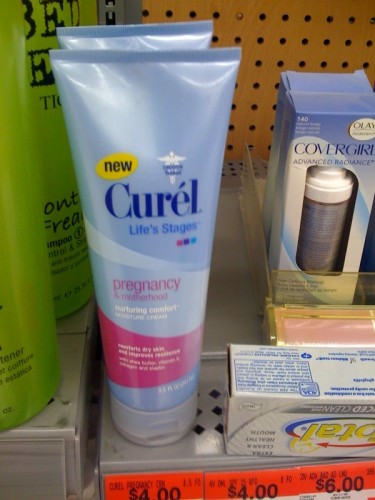
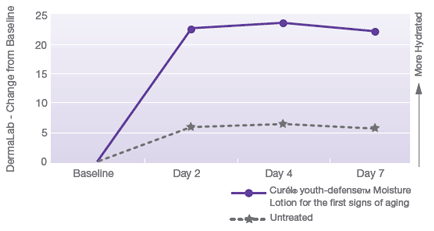
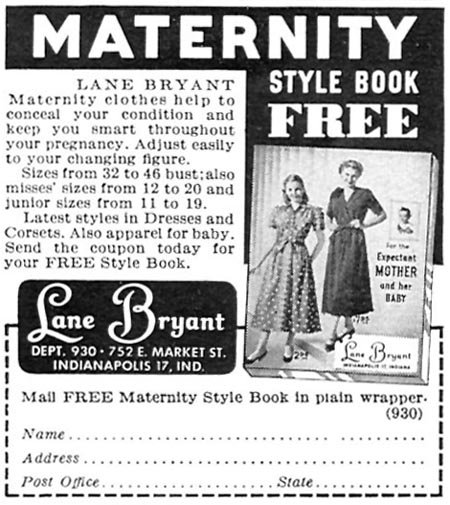


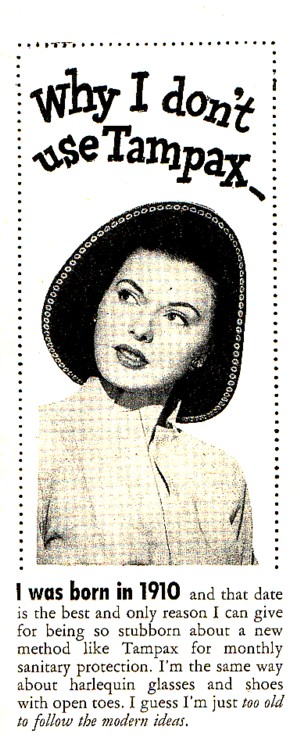
 Similarly, in this ad, a daughter instructs her mother on advances in managing “intimate problem[s]”:
Similarly, in this ad, a daughter instructs her mother on advances in managing “intimate problem[s]”: